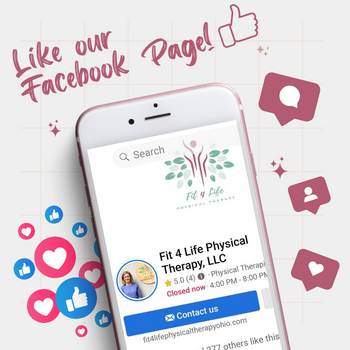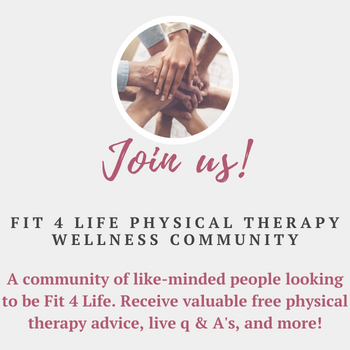Did you know that your scars are a huge source of myofascial restriction in your body? When your muscles, surrounded by fascia (think Saran Wrap), cannot move freely, its effects can be felt throughout your body.
Why is this, you ask? Because your body is a closed system. There are no breaks in your body where the muscles and fascia are not connected. That means a myofascial restriction in your wrist can impact your body in places far removed from your wrist. Have you have had someone work on you: a PT or massage therapist? When they find what you feel as a tight muscle, or a “knot” as many patients call them, you feel a pain or sensation somewhere else in your body? This is precisely why… and yes… it makes sense and is possible, as our patients always ask.  .
.
Everybody can benefit from soft tissue work, be that massage or myofascial release, which can be accomplished many, many different ways. Dry needling is one way we can make a dramatic difference in your myofascial system (aka your body and the pain or limited motion you may be feeling). Every scar you have absolutely should be needled, or at the very minimum worked on to make sure that scar is the most flexible it can possibly be.
One way you can help yourself is by performing cross friction massage to your scars once they are completely closed. Take your thumb and place it across the scar. Use enough pressure to blanch your nail bed and move the underlying tissue back and forth. It should feel bumpy and thick, especially at the ends of the scar. It absolutely should be a little uncomfortable. Spend about 2 minutes a day doing this self, cross friction massage to your scars to ensure they lay down the most organized and parallel scar tissue as possible
How do we needle a scar? First up, we never needle a scar before 12 weeks. After that time, and until 1 year post op, we get permission from the surgeon for clearance to perform dry needling. There are a few different techniques. Often, we begin with very small needles and place them around the scar, very superficially and then spin the needle, creating a rotational “whirl” under the scar to help lift it from the underlying tissues. The needles will be left in for 10-20 minutes. A very bound down scar may need to be needled several times to receive the maximum benefit.
In conclusion, dry needling is a safe and effective myofascial release technique when performed by a certified provider, that can be used in the treatment of many painful conditions, including releasing restrictions caused by scars.
What questions do you have? Did any of this  surprise you? Questions or comments welcomed.
surprise you? Questions or comments welcomed.
To schedule a consultation for yourself, use any Ask About Availability or Schedule Now button on our website or call 440-340-3717.






